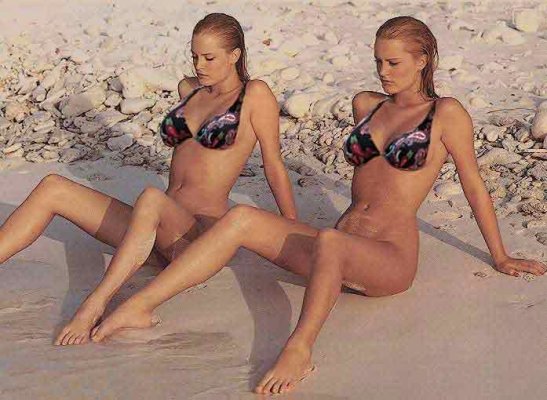Except in rare instances, the props are always counter-rotating: in forward, viewed from astern, righthand (stbd) prop turns clockwise; the lefthand (port) prop turns counterclockwise. This provides dependable/predictable prop-walk in close quarters. For example, when coming into a side-tie to stbd, approach at a 30-45 degree angle, drop the outboard engine into reverse (inboard engine in neutral), and the outboard engine will now turn clockwise causing prop-walk to pull the stern towards the dock while simultaneously slowing the boat. This is a truism on >99% of the recreational twins built in the last 75 years.
In the old days, Detroit Diesel came in mirror engines and they actually turned opposite directions. This also allows two engines (or four) to be mounted to a single large transmission, a common design on WWII era yard tugs. For recreational boats, it allowed all service points to be inboard and easily accessible. Those days are long gone - the props are now counter-turned at the transmission.
I have been on a couple boats were the props both turned the same direction. My hunch was this was due to the original construction yard had oddball equipment laying around and they didn't know the difference.
Peter



